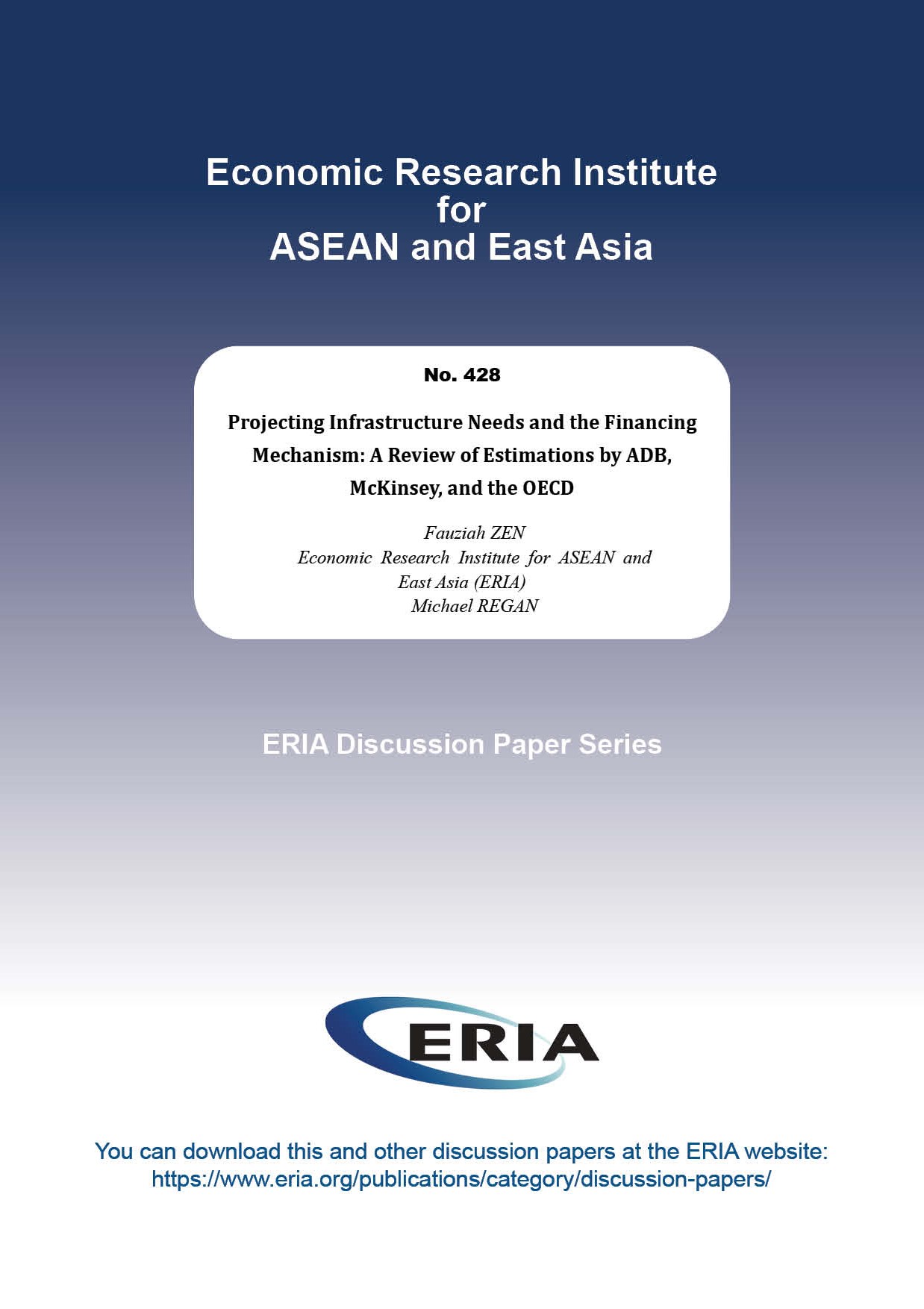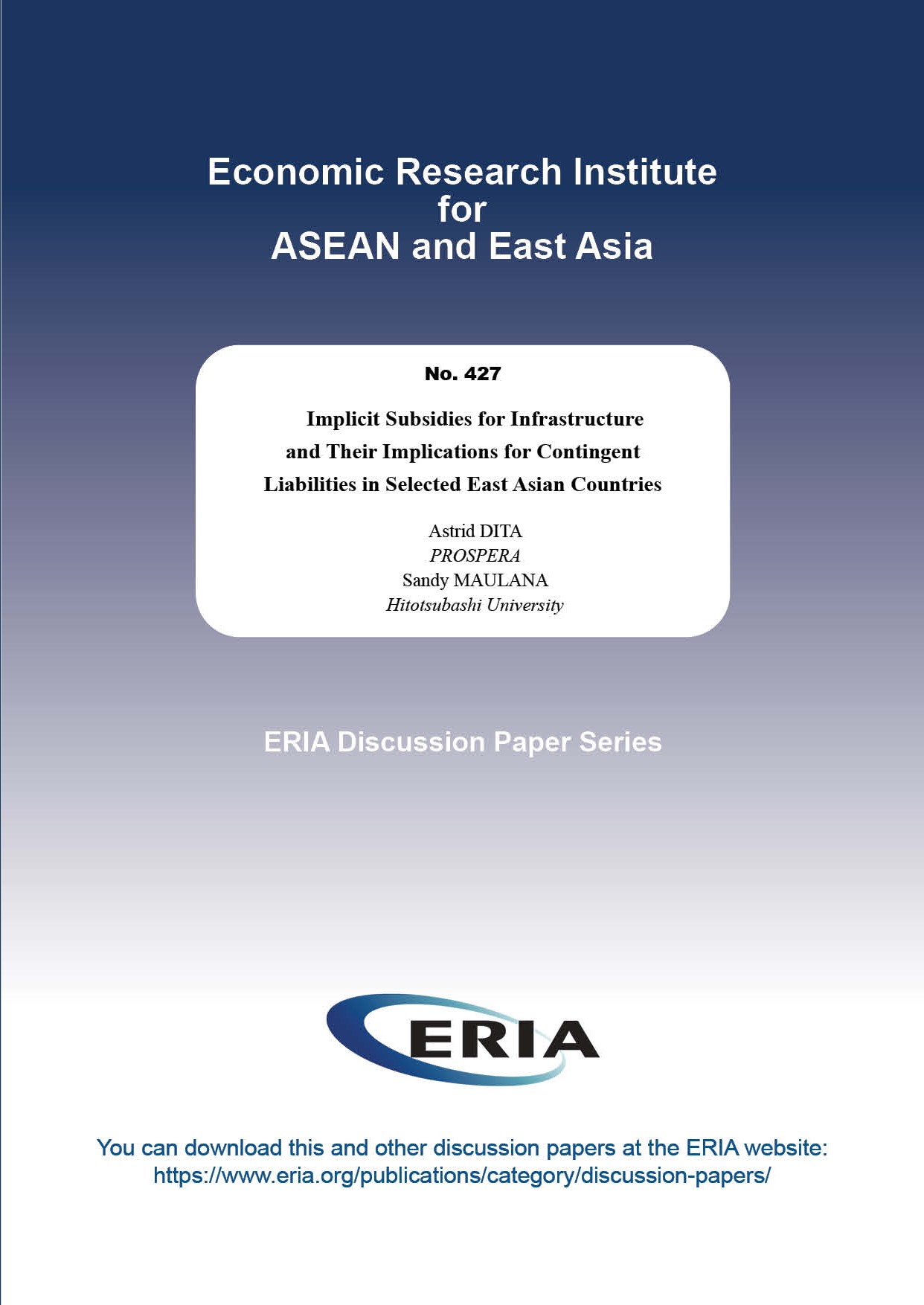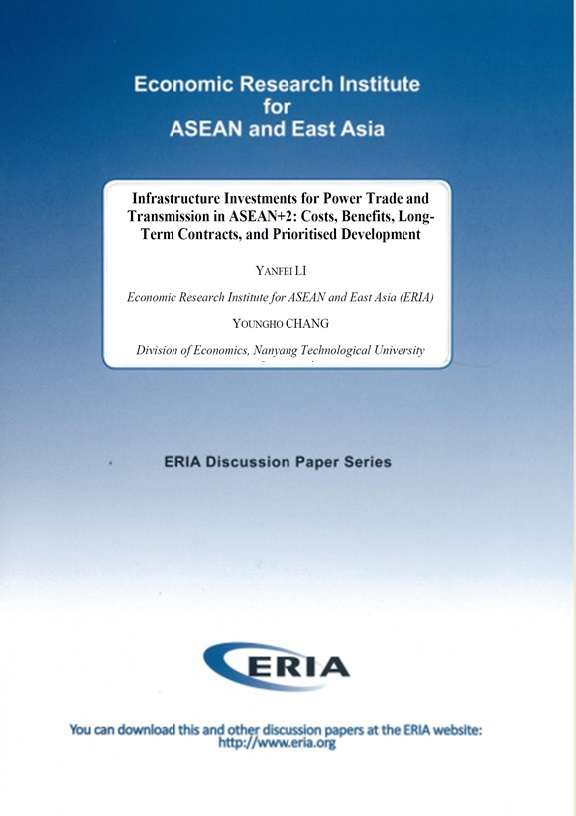Projecting Infrastructure Needs and the Financing Mechanism: A Review of Estimations by ADB, McKinsey, and the OECD

Print Article:
How much does a country, a region, and the world need to spend on infrastructure development to fulfil demand? This question has been asked frequently because governments try to see it as a reference for budget allocation and evaluation of development progress. Since infrastructure consists of a wide range of types, qualities, and sizes, it is difficult to come up with a number that represents these variants. Several widely cited attempts have been made to provide estimations of infrastructure needs. This paper aims to assess the features, scope, methods, and suggested financing mechanism of the projections made by the Asian Development Bank (2017), the Organisation for Economic Co-operation and Development (2017), and the McKinsey Global Institute (2016). It is not meant to focus on the limitations of these projections, but to understand the process used to put these estimates together and the extent to which they provide comparative information.




